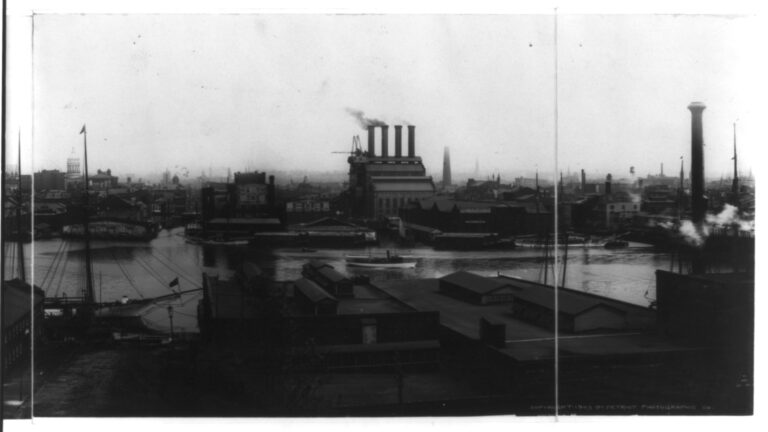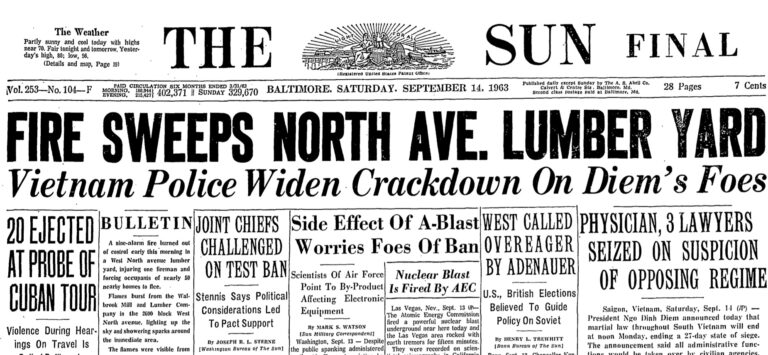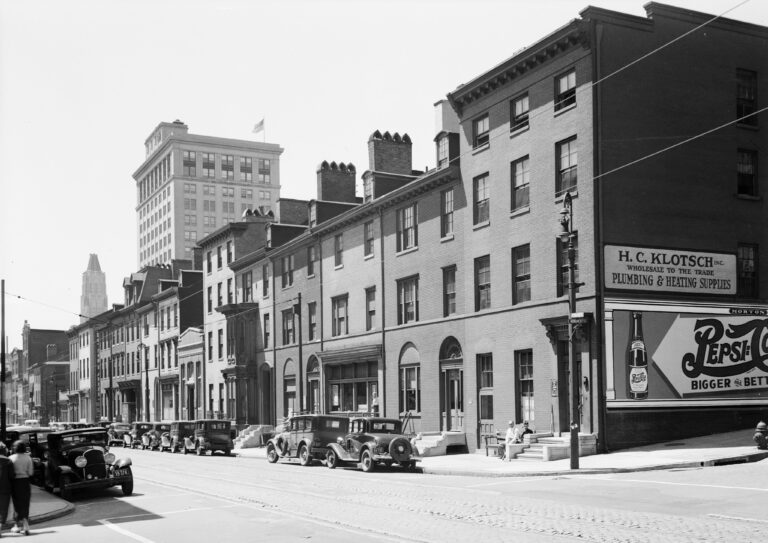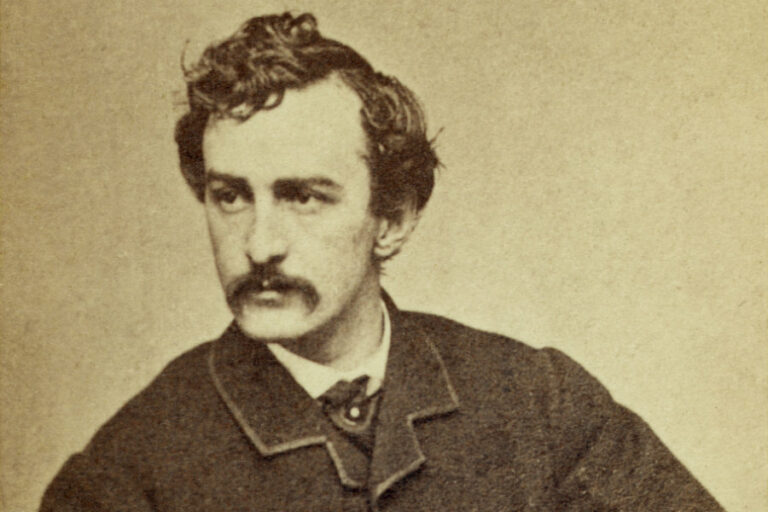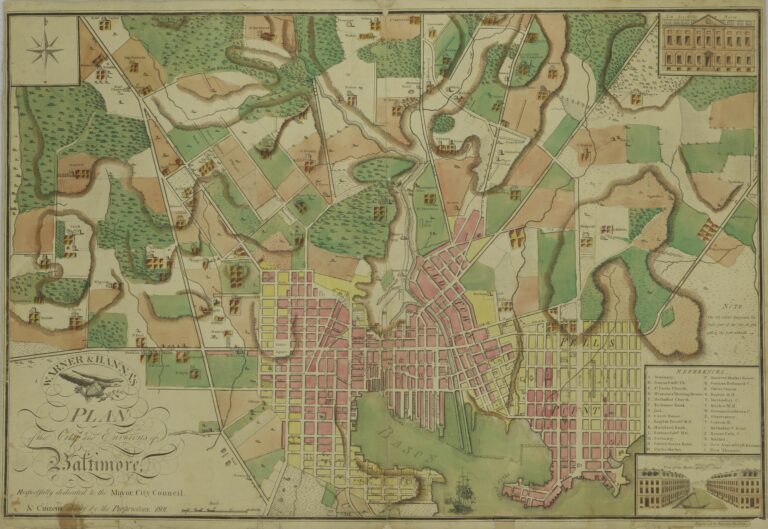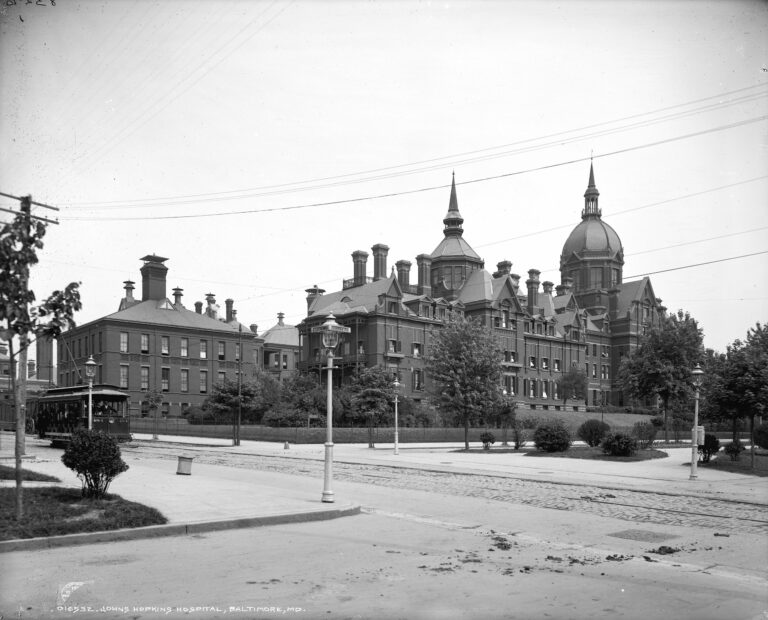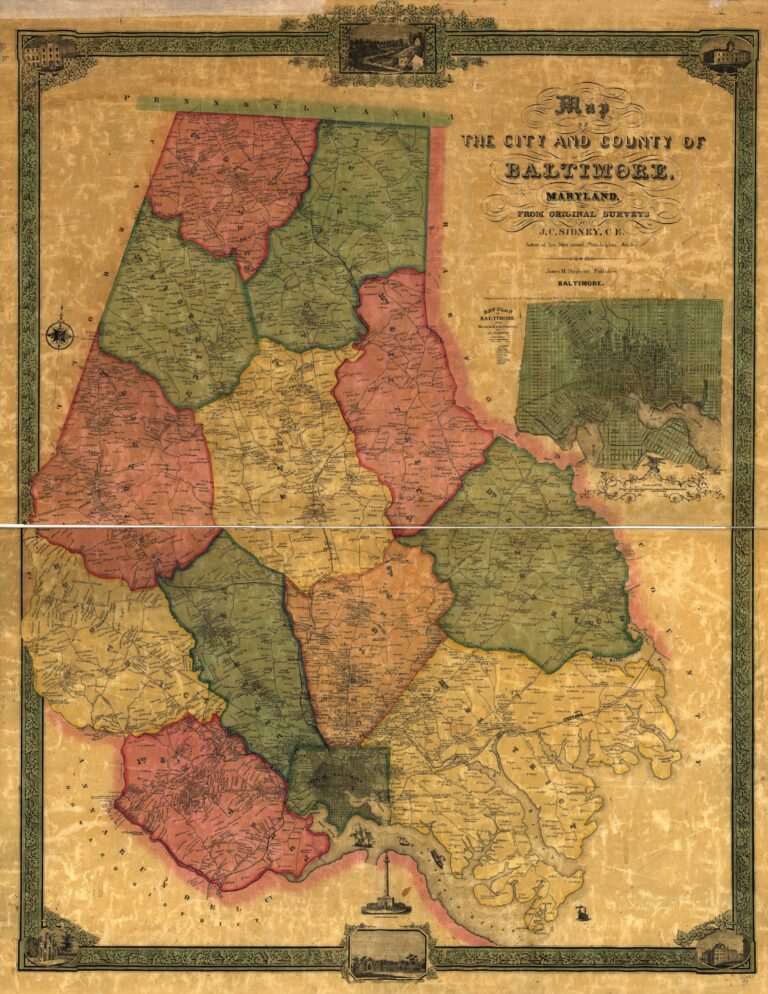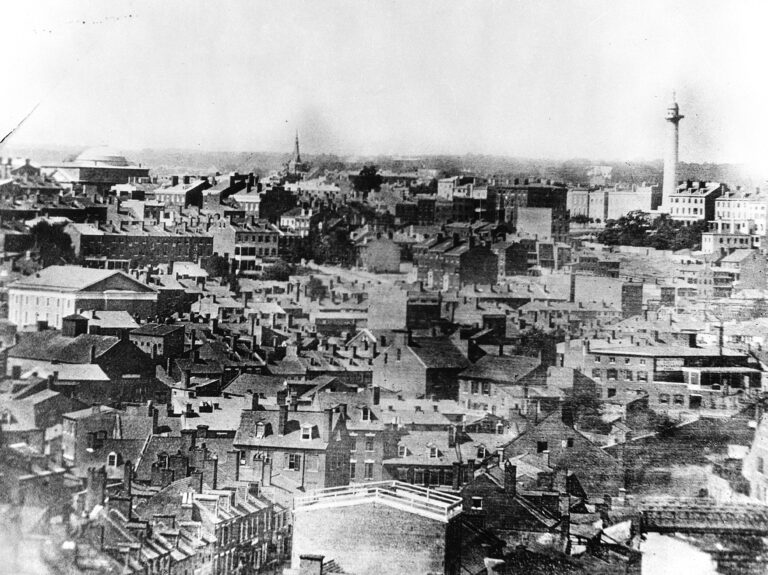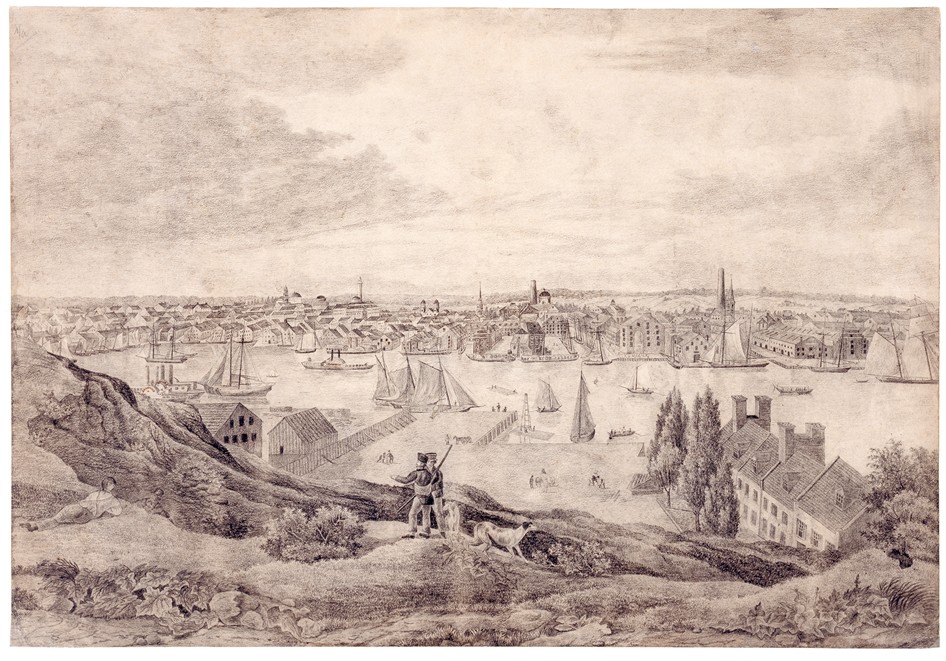
Source: Christopher H. Jones
Check out this interesting article that we dug up in the Baltimore Sun. The piece was written on March 3rd, 1838.
Mysterious Cavern–Walking a few days ago near Federal Hill with a scientific friend, our attention was called to the mouth of a cavern, that appeared as if it had recently been exposed by the sliding of the bank from the late frosts. The entrance or mouth of the cavern is about half way up the steep bank directly back of the glasshouse. With considerable difficulty, I managed to climb up to it, and when my eye surveyed the spacious interior, I am at a loss to say whether my feeling were those of awe or delight. Immediately beyond the mouth of the cavern widens into a chamber about fifteen feet wide and thirty long, with a smooth level floor, and a roof about ten or twelve feet in height. How man other chambers the cavern contains beyond this, I am unable to say, not having been provided with lanterns, ropes, ladders, &c. to penetrate into its recesses, and my observation was confined more particularly to the first chamber, and the geological character of the surrounding soil.
The geographical position of Baltimore in what may be defined the Transition country–with strong ledges of primitive rock running down into the alluvial region, affords a rich field for the mineralogist and the geologist, and the explorer into the hidden beauties of nature.
The character of the soil around the cavern alluded to is purely alluvial. The roof is formed mainly and supported by an extensive strata of argillaceous iron stone, which lies at an angle of 1.04 degrees to the horizon. Immediately underneath the strata of iron stone is a layer of yellow ochre, which is co-extensive with the super-incumbent strata, excepting in the space occupied by the cavern.
The existence of a cavern almost in the heart of a populous city, is a subject well worthy the attention of the curious and scientific. And I have been disposed to think that it is similar in character and formation, to the caverns described by that distinguished philosopher and geologist, Count Schwarmendorf, at present an attache to the Russian Embassy at the Court of Kingo Otho, in an able paper read before the Philosophical Society of St. Petersburgh, to which the curious reader is referred. The cavern on which the Federal Hill. like those described by the learned Count as being found in Greece, has evidently been formed by the same animal called by the Grecians “Peammopherontes.” This animal’s habits induce it to prefer the level ground, and it removes the choice veins of sand found breaking from the sides of the hills in small portions, and this fine sand after removal, is used in the habitation of its tribe on the lower ground.
-ad 108-We refer the whole to the scientific men of the city, and hope that some one more able than ourselves will investigate the matter.
